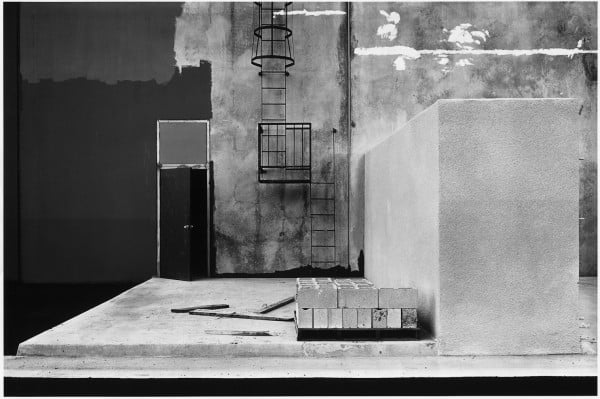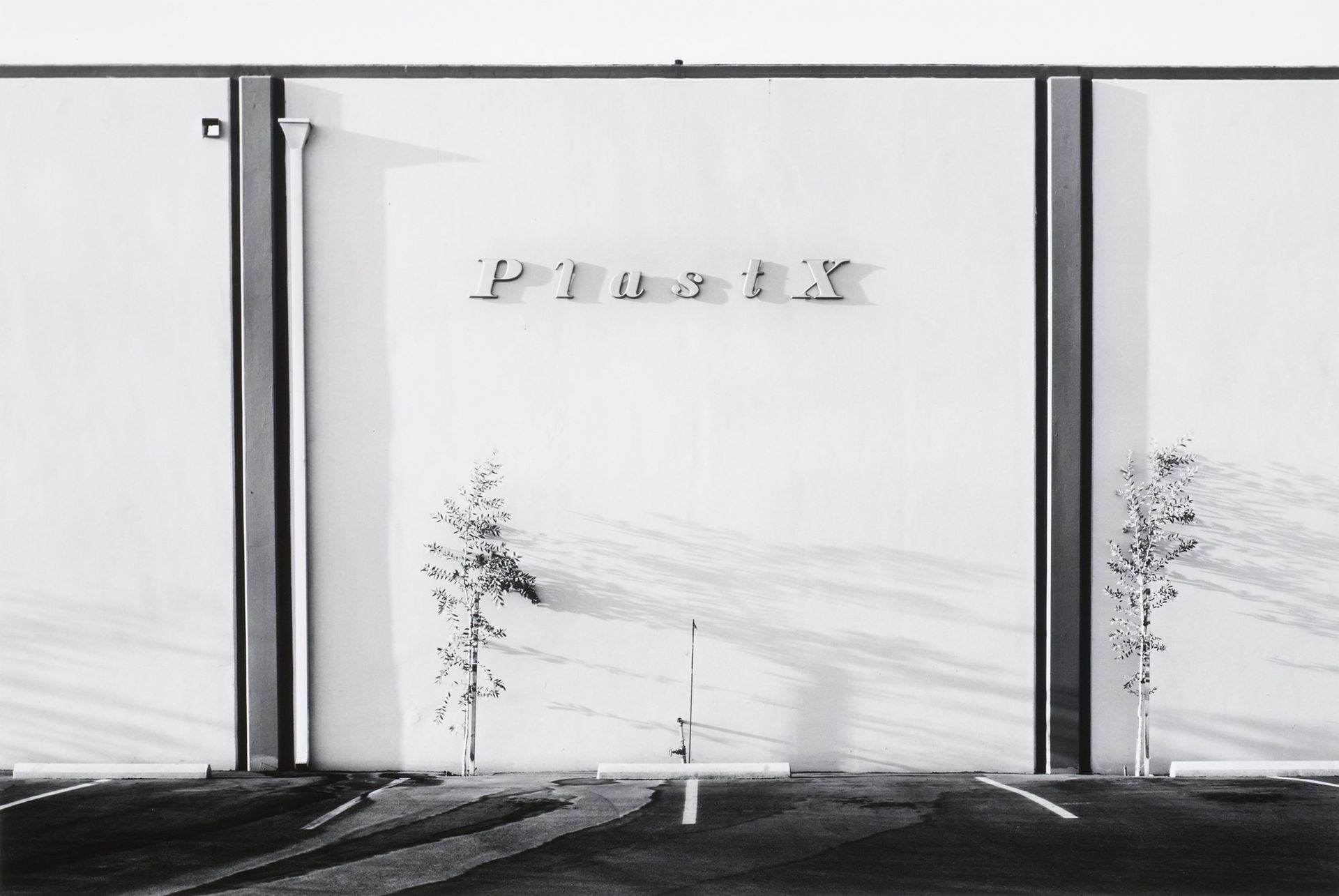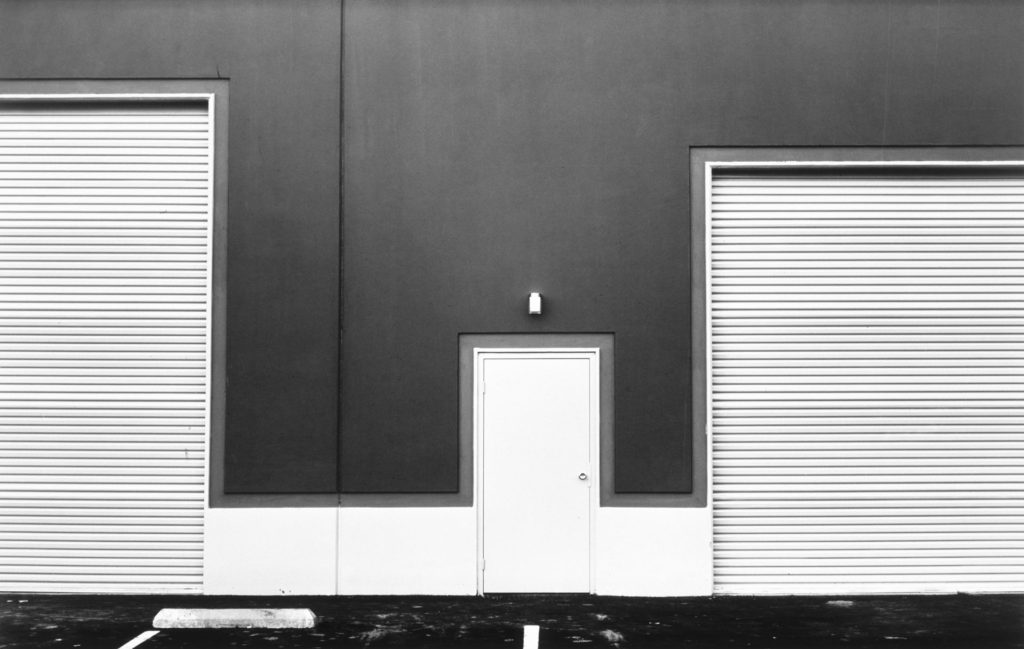New topographics was a term invented by William Jenkins in 1975 to describe a group of American photographers (such as Robert Adams and Lewis Baltz) whose pictures had a similar minimal aesthetic, in that they were formal, mostly black and white prints of the urban landscape. Most images consisted of man-made objects in nature and run – down buildings, predominantly focused on textures.

New topographics was a reaction to idealised landscape photography that elevated the natural and the elemental, much like Ansel Adams’ work. New topographics emphasized man vs nature in form of photography, showing how urban areas and buildings had taken over nature, but photographed in a way that covered the ugly side of built-up areas and presented urban landscapes to look just as beautiful as nature.
ROBERT ADAMS

Robert Adams is one of the most important figures of modern American photography; a key figure in the New Topographics movement. He photographs in black and white, usually during daytime, of urban areas that are typically deserted, save for a few people that make an appearance in his work. Adams’ monochrome style was influenced by 19th-century photographers like Timothy O’Sullivan, William Henry Jackson and Carleton Watkin, who also focussed on the landscape of the West (in its more primitive state) as well as Lewis Hine, Edward Weston, Dorothea Lange and Ansel Adams, all of whom married social and aesthetic concerns in their work.

The turning point in Adams’ career was the creation of his photo-essay, The New West, in 1974. Divided into five sections, the book takes us along the Colorado Rocky Mountains, with photos of the entire suburban Southwest. Starting from the empty streets and street signs, Robert Adams takes the viewer on a journey with him, finishing his book in the suburbs with the rapidly growing streets of houses and mobile homes in a sparse stretch of land, before presenting us with an entire town of these compact white caravans, which appear tiny and somehow insignificant against the backdrop of the towering mountains and an omnipresent sky to show the nature found amongst urban landscapes.
LEWIS BALTZ

Whilst Robert Adams’ photography style combined nature with man-made landscapes, Baltz’ style of work is entirely urban. He made photographs in series focused on a particular theme and published them in book form, as in The New Industrial Parks Near Irvine, California (1975), Nevada (1978) and Park City (1981). His work, like Adams, challenges the tradition of western landscape photography by presenting a less innocent view of the landscape. Baltz’s perception of the landscape reveals the effects of twentieth-century culture and suburban development on the nation’s topography.
One of his most famous works, The New Industrial Parks is part of a series developed in the 1970s deals with wide-ranging cultural and philosophical questions about the growing urban landscape. By focusing his attention on the familiar, Baltz created a powerful work in his critical photographic approach to the built environment.
MY PLAN
My plan for urban landscape photos is to focus on decaying or derelict buildings/constructions as i’ve always been drawn to them and now have the chance to photograph them. I chose some photos of abandoned places that i both like and appeal to the theme of new topographics. I also plan to photograph busy, urban areas like town or parks. My images will be in black and white to mimic photographers of the new topographics era and i will try to eliminate any unnecessary objects in the photos to give a miminal approach like Lewis Baltz’ work.







Once you have completed your photo walk from Havre Des Pas to La Collette you should aim to make comparisons with photographers and their work
Your image selection and editing may be guided by this work…and you must show that you can make creative connections.
Albert Renger Patszch and The New Objectivity
https://www.atlasofplaces.com/photography/new-objectivity/
Keld Helmer Petersen
https://www.keldhelmerpetersen.com/1950-1959